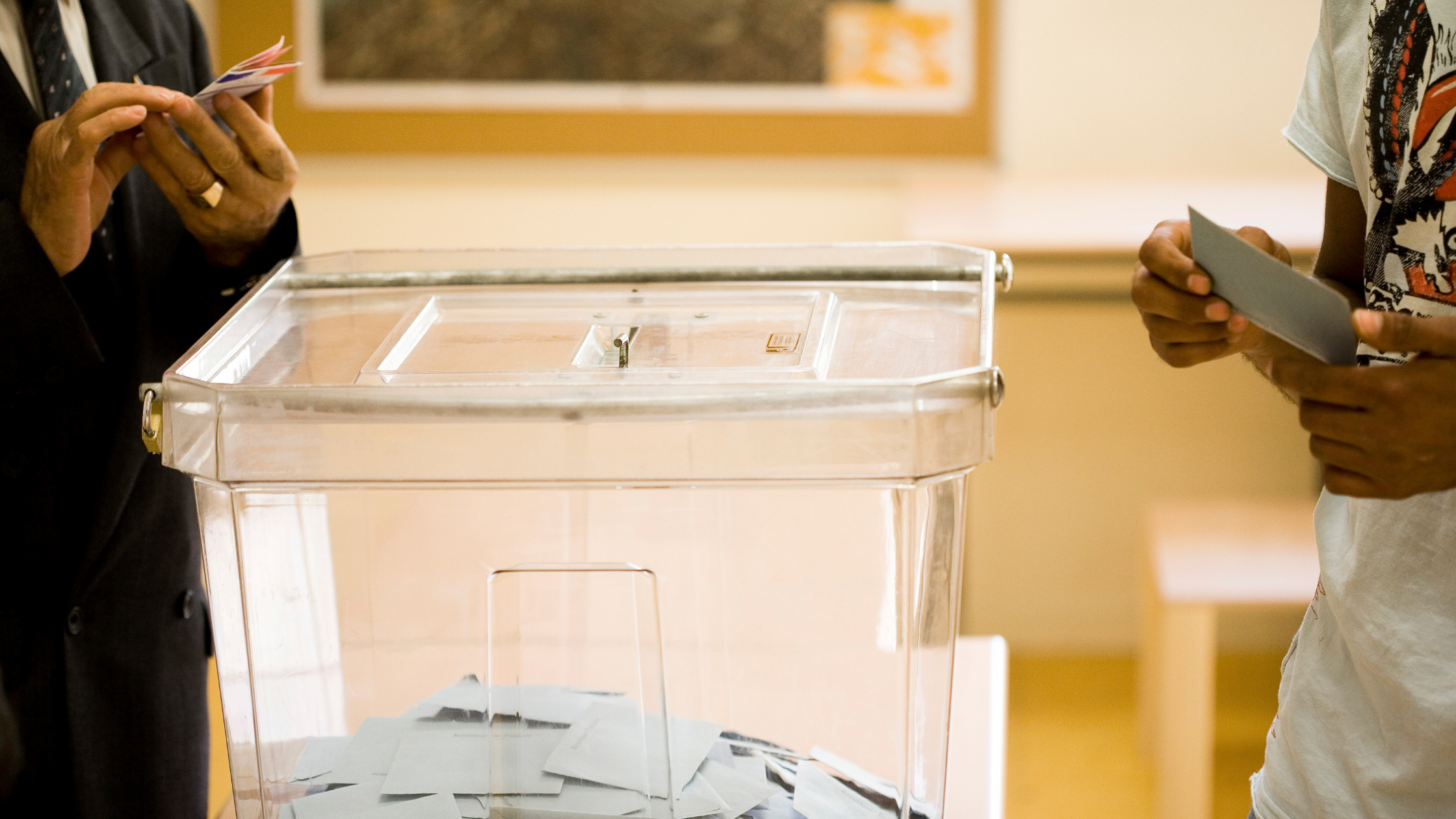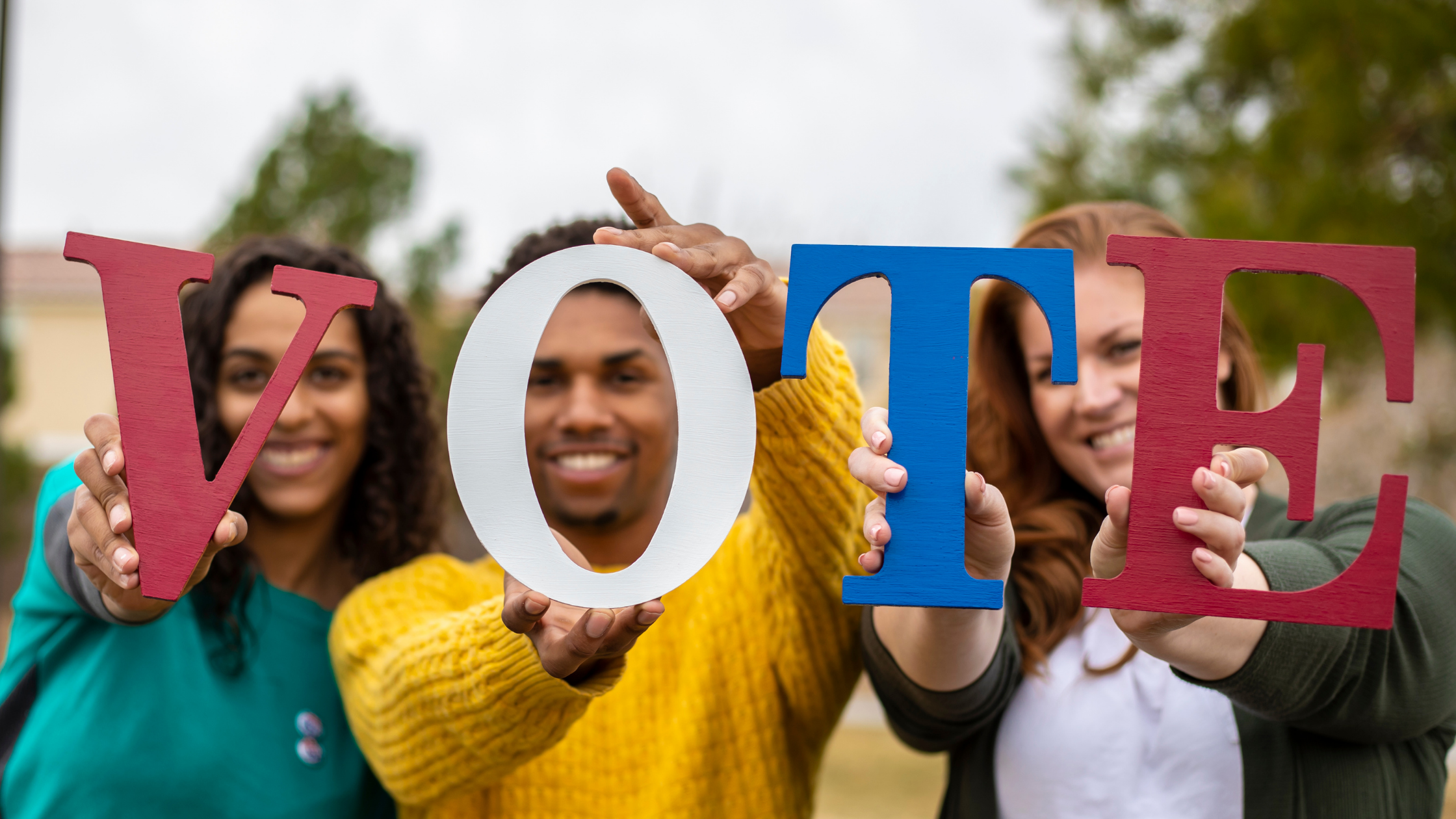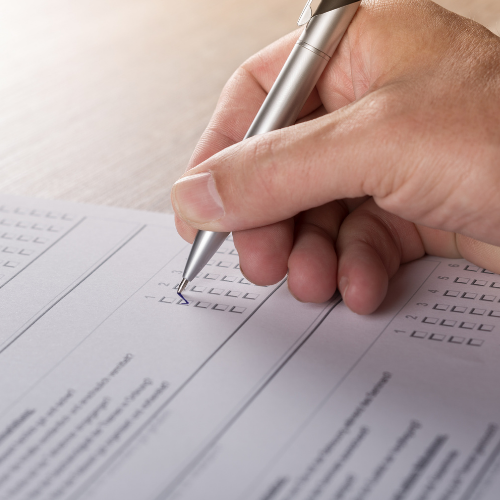In several states, the opportunity to vote from home is reserved for only a subset a voters — most often seniors and the physically disabled. However, these laws that discriminate on the basis of age may be in violation of the Twenty-Sixth Amendment.
State Voting Policy Changes to Deal with COVID-19
As a result of the COVID-19 pandemic, many states implemented temporary policies to expand access to mailed-out ballots in an effort to provide safe voting options. National Vote at Home Institute compiled a list of these changes, effective May 2020.
Does Mail Voting Cause Voters to Gather Information About Politics?
This paper finds that voters who obtain their ballots by mail tend to be more informed than voters who vote at polling places because they are given more time to review their ballots and research candidates and issues. As such, voting from home, or voting by mail, results in a more informed electorate.
Evidence for the Positive Turnout Effects of Mail Voting in Participating Utah Counties
In the 2016 general election, 21 counties in Utah administered voting entirely by mail, while eight counties administered traditional polling place-based voting. Using vote propensity scores to control for voters’ pre-existing differences in likelihood to vote, we show that the advent of vote-by-mail increased turnout by 5-7 points. Low-propensity voters, including young voters, showed the greatest increase in turnout in vote-by-mail counties relative to their counterparts in non-vote-by-mail counties. We find similar results by zooming in on specific geographic areas within Utah where vote-by-mail counties are bordered by non-vote-by-mail counties, with magnitudes of 4-9 points of increased turnout. In one mountaintop community that happened to be bisected by a county line, the increase in turnout due to vote-by-mail may have been as high as 12.5 points.
Mail Voting Reduces Ballot Roll-Off: Evidence from Washington State
This research examines the effects of vote-by-mail policies on ballot roll-off, or down-ballot voting. In examining data from Washington state, a state that first introduced no-excuse mail voting in the 1970s and gradually implemented vote-by-mail statewide, it appears voters who are given more time to study the candidates and issues are more knowledgeable and therefore have greater ballot completion rates (e.g. less ballot roll-off).
Investing 85 Cents per Voter to Increase Voter Turnout by 4 Percent
In this paper that examines the effects of prepaid postage on voter turnout in the Swiss Canton of Berne, researchers find that prepaid postage is associated with a statistically significant 1.8 percentage point increase in voter turnout. Overall, this amounts to 4 percent more voters participating.
King County Pilots Prepaid Postage in Special Election
During 2017 special elections in the City of Maple Valley and Shoreline School District, King County Elections (Washington state) piloted prepaid postage. While the county estimated 30% turnout based on participation in previous elections, turnout was significantly higher, at 37% and 40%.
Colorado Voting Reforms: Early Results
Nearly three years ago, significant changes to Colorado election law necessitated an overhaul of the state’s voting process. The Voter Access and Modernized Elections Act of 2013 mandated that mail ballots be sent to every registered voter for most elections; eliminated assigned polling places while establishing voter service and polling centers where any voter in a county can cast a ballot—either early or on Election Day; authorized inperson same-day registration; and shortened the state residency requirements for voter registration.
Identifying the Effect of All Mail Elections on Turnout: Staggered Reform in the Evergreen State
An examination of data from the Washington State voter file found that voting from home, or vote-by-mail, contributed to a 2%-4% increase in turnout and reduced turnout inequality between high- and low-participation voters.








